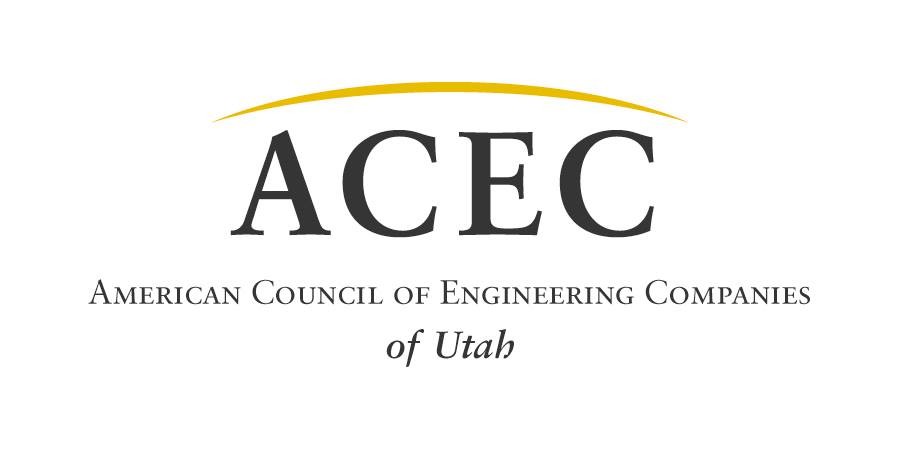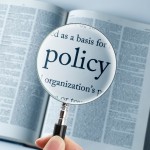Challenges and opportunities in Utah’s engineering sector
 Utah’s engineering sector is at a crucial point, facing big challenges but also exciting opportunities as technology and our communities expand. As a key player in the state’s economy and infrastructure, it’s essential for the sector to tackle these challenges with smart strategies while seizing new opportunities to keep growing and innovating.
Utah’s engineering sector is at a crucial point, facing big challenges but also exciting opportunities as technology and our communities expand. As a key player in the state’s economy and infrastructure, it’s essential for the sector to tackle these challenges with smart strategies while seizing new opportunities to keep growing and innovating.
Understanding the workforce dynamics
A primary challenge facing engineering firms in Utah is the evolving landscape of workforce development. The engineering sector is currently experiencing a generational shift with a significant portion of the workforce nearing retirement. This demographic shift presents a dual challenge: the loss of seasoned professionals and the urgent need to attract and train younger, less experienced engineers.
The opportunity in this challenge lies in rejuvenating the workforce through robust education and training programs. Collaborations with universities, adoption of apprenticeship programs, and continuous professional development opportunities can bridge the gap. Moreover, an emphasis on STEM education and outreach to underrepresented communities could enrich the talent pool with fresh perspectives and innovative ideas.
Leveraging technological advancements
Rapid technological changes represent another critical challenge. The pace at which new tools and methodologies are being introduced can outstrip a firm’s ability to adapt, necessitating ongoing investments in technology and training.
However, these advancements also present significant opportunities for growth and efficiency. By embracing innovative technologies such as AI, machine learning, and BIM (Building Information Modeling), Utah’s engineering firms can enhance precision in design and execution, reduce costs, and improve project outcomes. The key is to foster a culture of continuous learning and adaptability within the workforce.
Navigating regulatory complexities
Regulatory compliance continues to be a formidable challenge for many firms. Navigating the myriad of local, state, and federal regulations requires resources that might be scarce, particularly for smaller firms.
This challenge, however, brings an opportunity for firms to differentiate themselves by excelling in regulatory knowledge and compliance. Developing in-house expertise in navigating these legal landscapes can become a marketable advantage, positioning firms as leaders in reliability and risk management.
Economic fluctuations and project financing
Economic uncertainty is a persistent challenge impacting project financing and execution. Fluctuations can affect client budgets and timelines, leading to project delays or cancellations.
Engineering firms can turn these uncertainties into opportunities by diversifying their service offerings and client base. Engaging in public-private partnerships and exploring new markets, such as green energy and sustainable infrastructure, can provide more stable funding sources and business opportunities.
Environmental concerns and sustainability practices
Lastly, the increasing emphasis on sustainability and environmental impact poses a challenge to traditional engineering practices. Firms must integrate sustainable design principles and practices to meet both regulatory requirements and growing public expectations.
Nevertheless, this trend also opens vast opportunities for innovation in sustainable engineering solutions. Developing expertise in green technologies and sustainable practices can make firms leaders in the crucial transition towards a more sustainable future in urban development and infrastructure.
What does all of this mean for you? In a nutshell: while the challenges facing Utah’s engineering sector are significant, they are matched by equally compelling opportunities. The sector’s ability to address these challenges head-on, powered by a commitment to education, technological adoption, regulatory excellence, economic adaptiveness, and sustainable practices, will determine its future trajectory. By embracing these opportunities, Utah can reinforce its reputation as a leader in innovative and sustainable engineering, contributing profoundly to the state’s welfare and prosperity.






